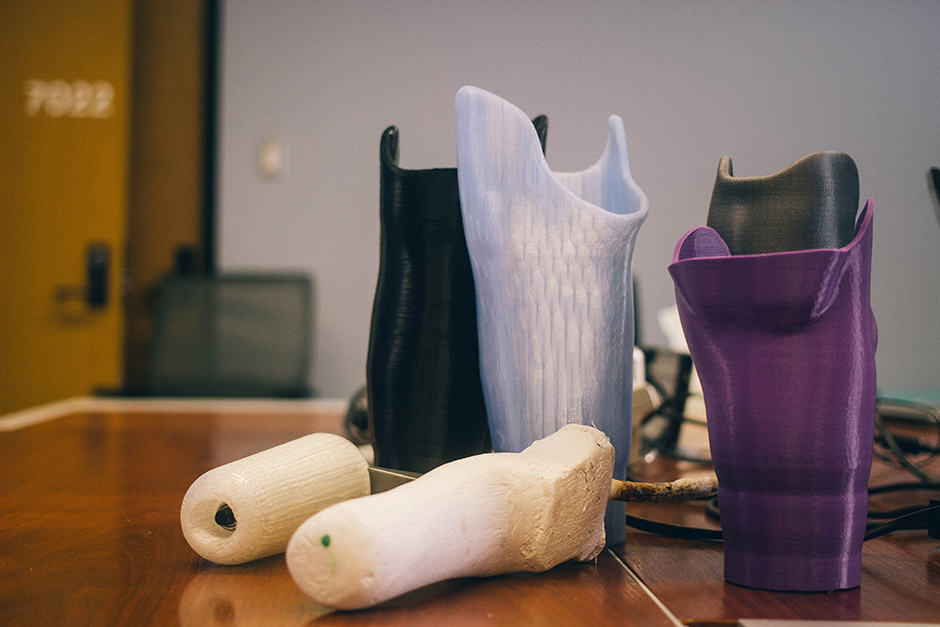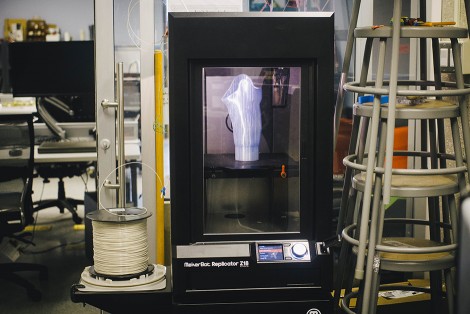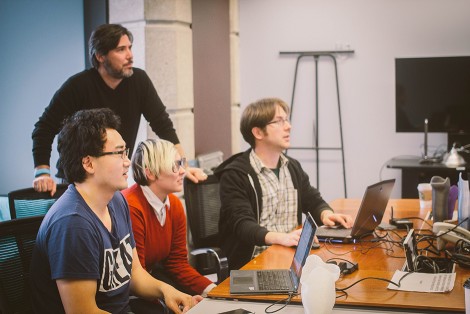In many developing countries, the production of prosthetics is limited by the lack of expert prosthetic technicians. According to the World Health Organization, the developing world has a shortage of approximately 40,000 prosthetic technicians. In the next 50 years, the number of prosthetic technicians can only increase by 18,000 due to the limited ability to train technicians. Besides the lack of expertise, the current process of creating prosthetics is both lengthy and inefficient, often resulting in ill-fitting and expensive prosthetics.
To address this problem, a research team from the University of Toronto has partnered with Christian Blind Mission Canada, a Canadian non-governmental organization, and a local Ugandan hospital to leverage 3D printing technology for use in the production of prosthetics.
Dr. Matt Ratto, an associate professor at the University of Toronto’s Faculty of Information, leads the revolutionizing initiative in Uganda. Ratto is also the director of the the Critical Making Lab at U of T.
The aims of the project are sustainability, efficacy, and efficiency. This system functions by sending a 3D scan of a residual limb to a graphic processor that converts the data into a printable form. A customized socket composed of bioplastic and polylactic acid is designed and printed in six to nine hours. The socket can then be used as part of a standard prosthetic leg. This will act as a replacement for the traditional labour-intensive and time-consuming system. Previously, every patient had to be casted for a mold, and subsequently return for fitting and adjustments.
There is a bigger picture behind this project. The ultimate goal extends beyond the establishment of 3D printing technology in Uganda, to encompass the development of local skill. Moreover, the technology is easily transferable. 3D printing can be implemented in other developing countries, benefiting communities on a global scale.
The next step has already begun.
Ratto and his team are in Uganda in the process of piloting their project. By sending the technology to Comprehensive Rehabilitation Services Uganda, the skills of local prosthetic technicians can be developed and the process of “training the trainers” can begin.
The local technicians are growing accustomed to the new technology and have begun scanning and printing sockets for their patients. In addition to their increasing familiarity with the 3D printing system, the prosthetic technicians have further expanded the system to cater to local needs. The knowledge gained can provide vital information in establishing similar solutions in other parts of the world.




